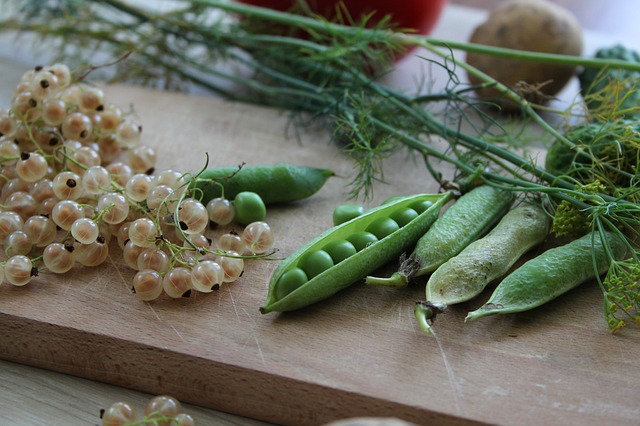Complex 3D nanoscale architectures based on DNA self-assembly can conduct electricity without resistance and may provide a platform for fabricating quantum computing and sensing devices.


Complex 3D nanoscale architectures based on DNA self-assembly can conduct electricity without resistance and may provide a platform for fabricating quantum computing and sensing devices.

A Korean research team has succeeded in developing next-generation high-capacity cathode material for lithium-ion batteries using DNA from salmon and carbon nanotubes.

Computer modeling decodes the chemistry carried out by complex DNA repair enzymes to remove DNA damage caused by environmental exposure.

Scientists pave way for nanobots to one day diagnose and treat disease with the first DNA-based motor to run on chemical energy.

Researchers use CRISPR-Cas12a as a DNA shredder to clean up and mobilize parts of DNA-origami structures.

Understanding the nature and origin of the non-coding genome.

It is now possible to distinguish the pattern of DNA fragments of normal cells from cancerous cells within the blood of individuals with surgically-operable early stage cancers.1 Regions of the genome have their own local differences in cancer-specific,...

Why do some crucial scientific discoveries get left out of the canon?

The challenges and an outlook on this promising class of DNA hybrid materials are discussed.

Synthesis approaches, mechanisms of DNA response to the surrounding environment and biomedical applications are highlighted.